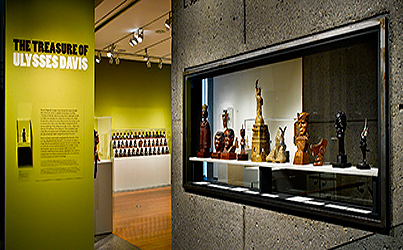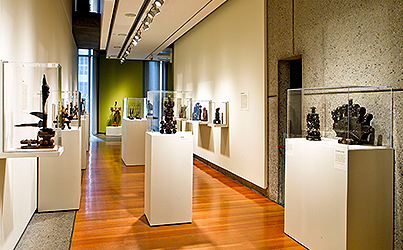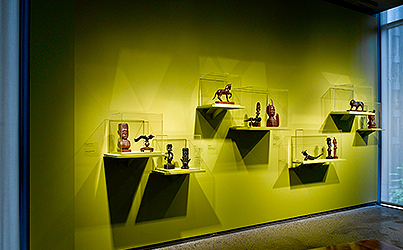GET OFF MY BACK
Ulysses Davis (1914–1990)
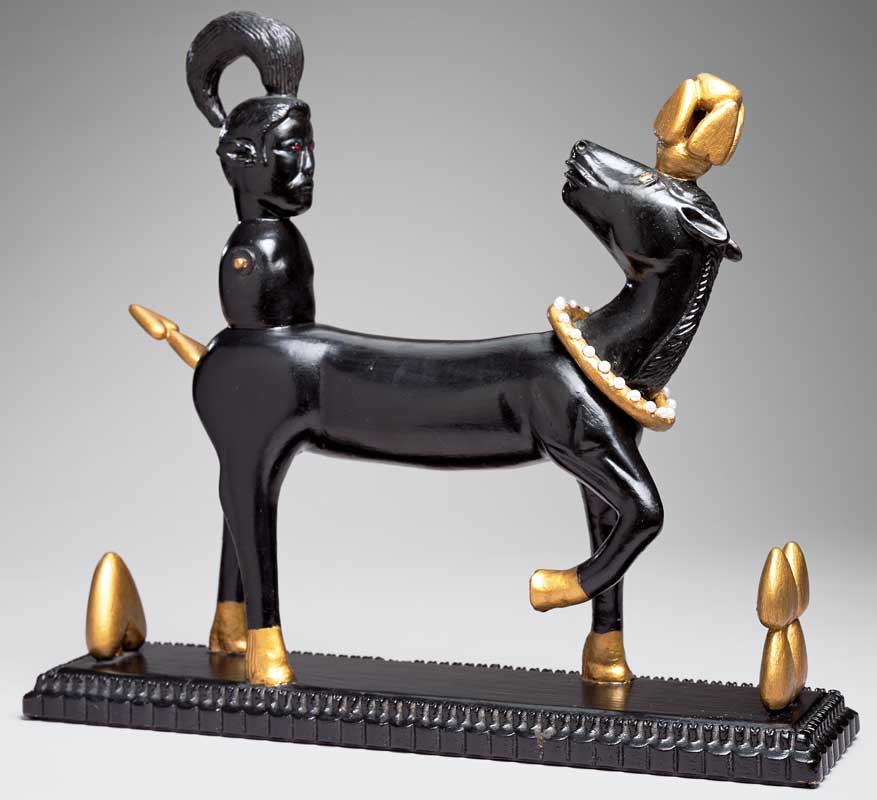
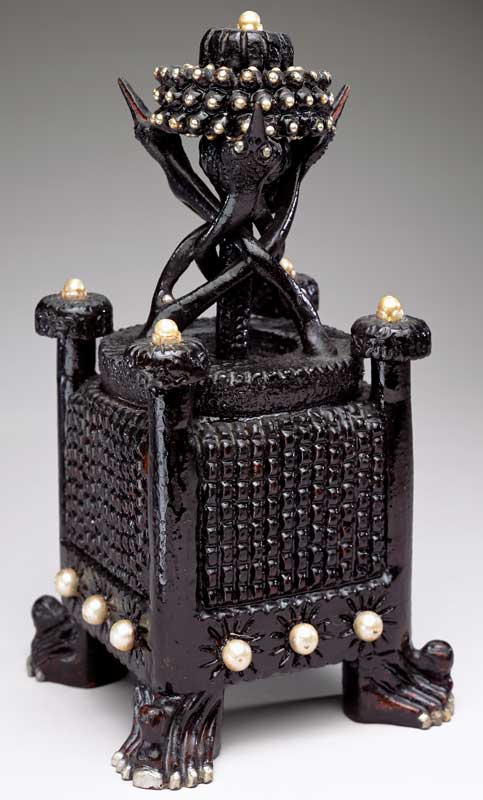
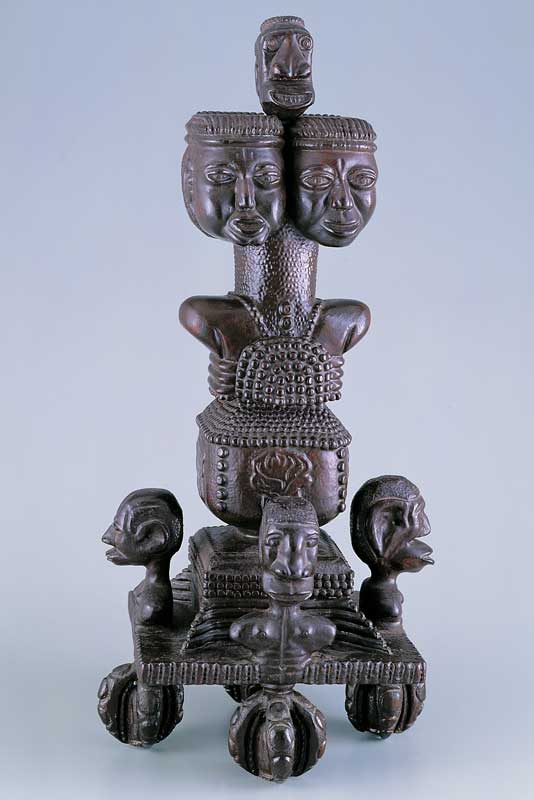
Ulysses Davis (1914–1990) was a Savannah, Georgia, barber who created a diverse but unified body of highly refined sculpture that reflects his deep faith, humor, and dignity. His carvings were featured in the seminal 1982 exhibition “Black Folk Art in America, 1930–1980” at the Corcoran Gallery of Art in Washington, D.C., where they were applauded as important examples of African American vernacular art. Because he wanted his work to stay together after he died, Davis rarely sold his sculptures. He said, “They’re my treasure. If I sold these, I’d be really poor.” As a result, the carvings have had little exposure outside Savannah, particularly since his death, and Davis is little known outside folk art circles. In 1988, Davis received a Georgia Governor’s Award in the Arts.
For the more than three hundred carved wooden figures, furniture pieces, and reliefs he created during his lifetime, Davis used shipyard lumber, pieces donated by his friends, or wood he bought at lumberyards. He almost never made preliminary drawings or models but reduced the mass with a hatchet (and, later, a band saw) before refining the form with a chisel and knives, many of which he fabricated himself. To add textural detail, he sometimes used tools of this barbering trade, such as the blade of his hair clippers. Davis’s sculptures, which range in height from six to more than forty inches, can be divided into major categories: portraits of American and African leaders, religious images, patriotism, works influenced by African forms, fantasy, flora and fauna, love, humor, and abstract decorative objects. The exhibition includes the group regarded as the artist’s masterwork: a series of carved busts of forty U.S. presidents.
The exhibition is made possible in part by support from Jacqueline Fowler. Museum exhibitions are also supported in part by the Leir Charitable Foundations in memory of Henry J. & Erna D. Leir, the Gerard C. Wertkin Exhibition Fund, the New York City Department of Cultural Affairs, and with public funds from the New York State Council on the Arts, a state agency. Organized by the High Museum of Art, Atlanta, in collaboration with the King-Tisdell Cottage Foundation, Savannah, Georgia, the traveling exhibition is made possible by the National Endowment for the Arts as part of American Masterpieces: Three Centuries of Artistic Genius. Generous support is provided by the Henry Luce Foundation with additional support from the Judith Rothschild Foundation.
- Karen Rosenberg

Strange Fruits
Ulysses Davis (1913–1990)
Savannah, Georgia
After 1968
Paint on wood with glass
19 x 9 x 9 in.
American Folk Art Museum, gift of John and Margaret Robson, 2001.14.1
Photo by Gavin Ashworth
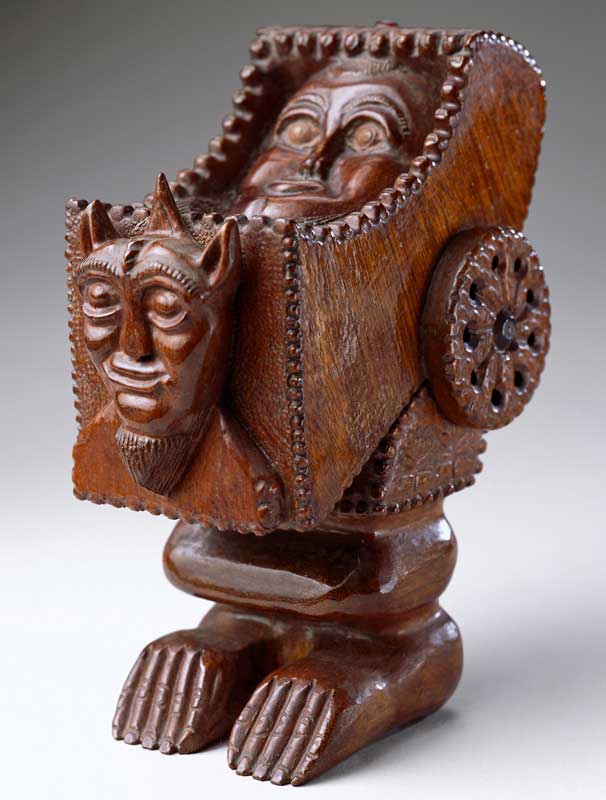
Tomg of Pontius Pilate
Ulysses Davis (1914–1990)
Savannah, Georgia
n.d.
Wood
7 x 3 3/8 x 5 1/4 in.
King-Tisdell Cottage Foundation, Savannah, Georgia
Photo by Peter Harholdt
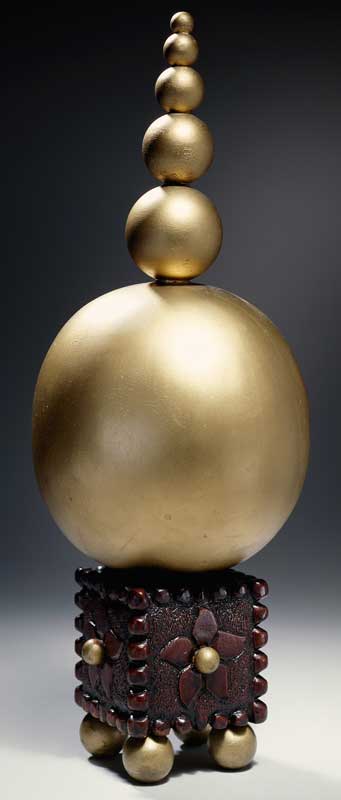
Moses Going to the Mountaintop
Ulysses Davis (1914–1990)
Savannah, Georgia
c. 1990
Wood and paint
16 x 6 x 6 in.
High Museum of Art, gift of Randy Siegel and purchase with Folk Art Acquisition Fund in honor of Jim Kaltenbach, President of the Members Guild, 2001–2002
Photo by Peter Harholdt
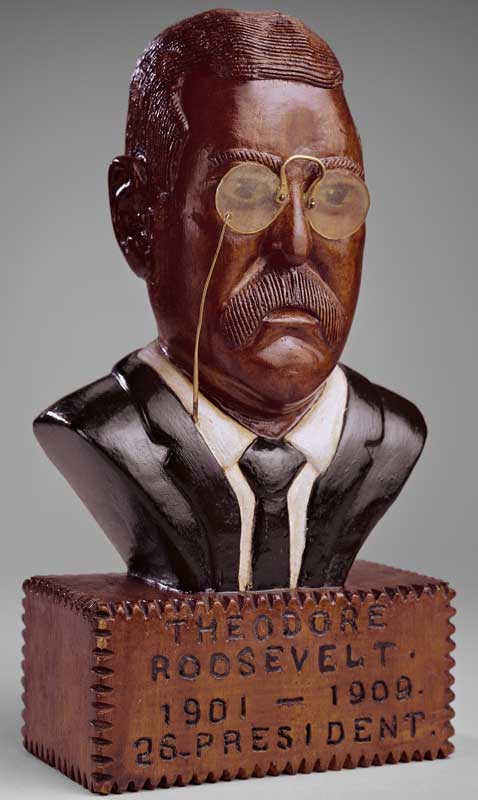
Theodore Roosevelt
Ulysses Davis (1914–1990)
Savannah, Georgia
1970s
Mahogany and paint
8 5/8 x 4 1/2 x 2 3/4 in.
King-Tisdale Cottage Foundation, Savannah, Georgia
Photo by Peter Harholdt
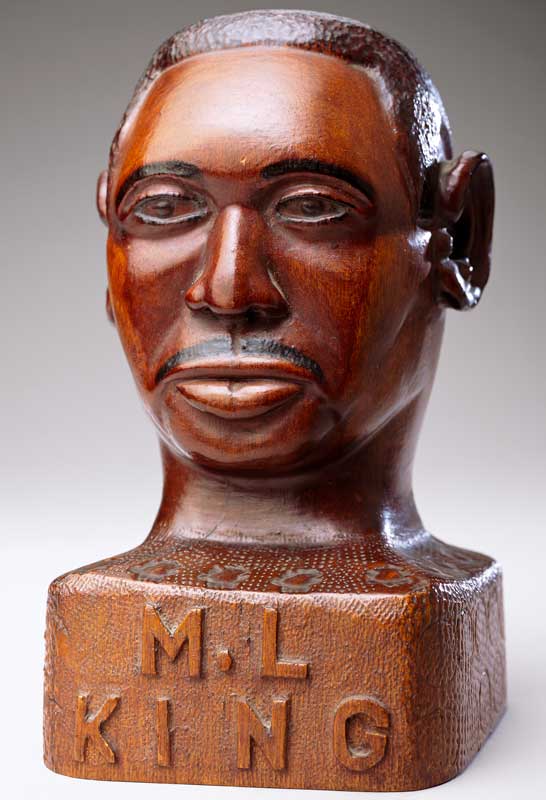
Martin Luther King
Ulysses Davis (1914–1990)
Savannah, Georgia
1968
Wood and paint
9 1/4 x 5 x 5 in.
Collection of Jane and Bert Hunecke
Photo by Peter Harholdt
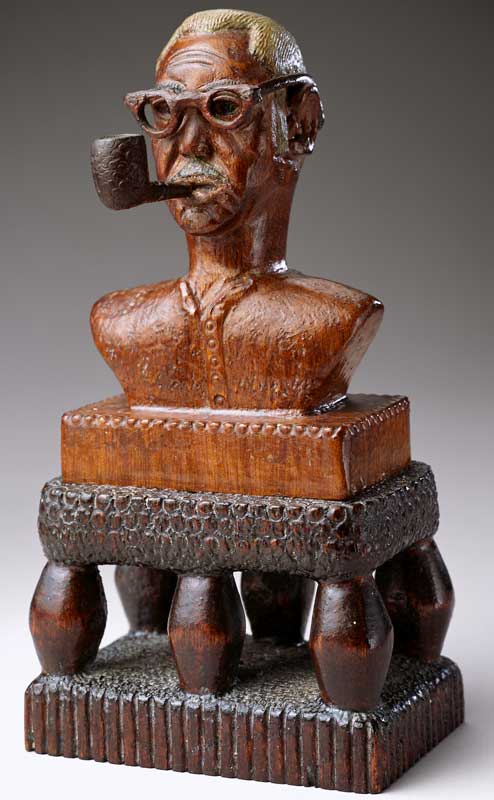
Self-Portrait
Ulysses Davis (1914–1990)
Savannah, Georgia
n.d.
Wood
8 1/4 x 4 1/4 x 3 in.
King-Tisdell Cottage Foundation, Savannah, Georgia
Photo by Peter Harholdt
The exhibition is made possible in part by support from Jacqueline Fowler. Museum exhibitions are also supported in part by the Leir Charitable Foundations in memory of Henry J. & Erna D. Leir, the Gerard C. Wertkin Exhibition Fund, the New York City Department of Cultural Affairs, and with public funds from the New York State Council on the Arts, a state agency. Organized by the High Museum of Art, Atlanta, in collaboration with the King-Tisdell Cottage Foundation, Savannah, Georgia, the traveling exhibition is made possible by the National Endowment for the Arts as part of American Masterpieces: Three Centuries of Artistic Genius. Generous support is provided by the Henry Luce Foundation with additional support from the Judith Rothschild Foundation.
